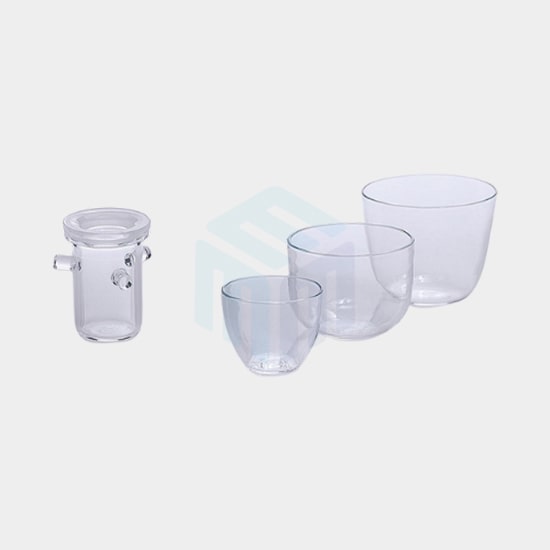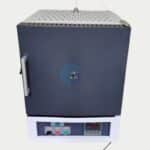The maximum heating rate for a quartz crucible is influenced by several factors, including its size, thickness, material quality, and the specific application. Here are some general guidelines to help you determine an appropriate heating rate:
1. Gradual Heating
- Initial Heating: It’s recommended to heat quartz crucibles slowly, particularly during the initial stages. Limit the heating rate to approximately 100-200°C (180-360°F) per hour to prevent thermal shock, which can cause cracking or breakage.
2. Annealing Process
- Stress Relief: For new or freshly cleaned quartz crucibles, performing an annealing process is advisable. This involves slowly heating the crucible to a specific temperature (usually around 800-1000°C or 1472-1832°F) and then gradually cooling it. This process relieves internal stresses and ensures uniform thermal expansion.
3. Temperature Uniformity
- Even Heating: Quartz is sensitive to thermal gradients, so it’s crucial to ensure uniform heating across the crucible. Use a method that provides good temperature distribution, such as a furnace with a controlled heating profile, to prevent localized stress and potential cracking.
4. Crucible Thickness
- Thermal Stability: Thicker quartz crucibles can generally handle higher heating rates compared to thinner ones due to better thermal stability. Thinner crucibles are more prone to thermal shock.
5. Application Considerations
- Process Requirements: The specific application or process for which the crucible is used can influence the maximum heating rate. Some processes may necessitate slower heating rates to ensure precise control or to avoid reactions with the quartz material.
6. Manufacturer’s Recommendations
- Guidelines: Always consult the manufacturer’s recommendations for the specific type and brand of quartz crucible you are using. They may provide maximum heating rate specifications and other crucial information.
7. Consultation and Literature
- Expert Advice: Consulting with experts, such as those at M-Kube, or referring to specialized literature in your field can provide valuable insights and more specific guidelines.
Summary
While there is no universal maximum heating rate for all quartz crucibles, it’s essential to consider factors like crucible thickness, annealing, temperature uniformity, and manufacturer recommendations. Gradual heating and controlled temperature profiles are generally safer to avoid thermal stress and potential damage to the crucible.
For detailed guidance tailored to your specific needs, consulting with M-Kube experts or reviewing relevant literature is highly recommended.
M-Kube is a USA company catering products and solutions in the USA, India, Australia, New Zealand, Singapore, Malaysia, South Korea, and Vietnam. Our team of experts across different platforms can discuss and customize your requirements as per your needs.
Please reach out to us at [email protected] or call us at +91-9898892994 to discuss your projects.






